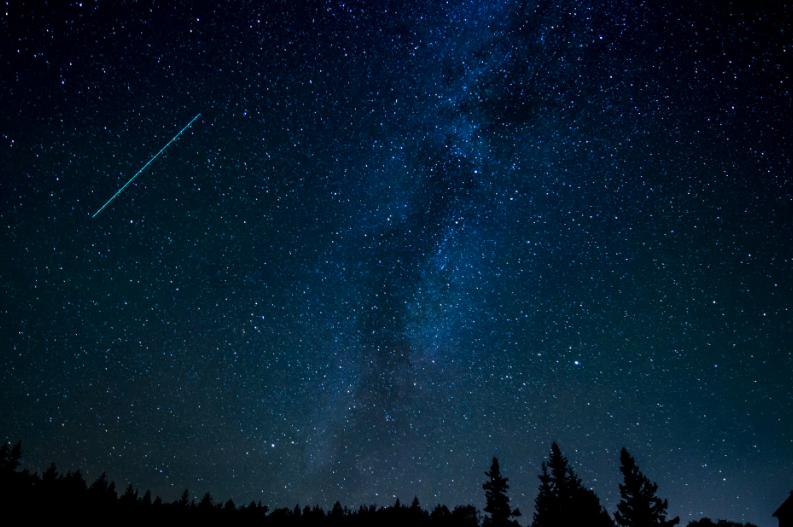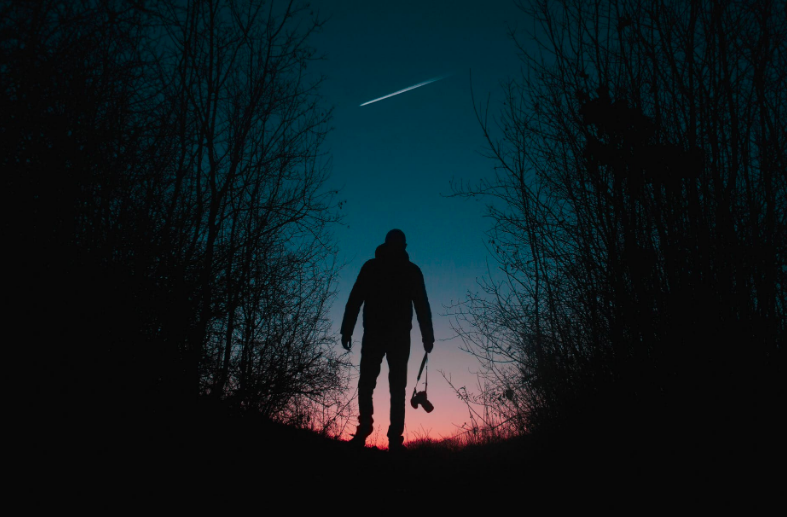The Geminid meteor shower is set to light up the night sky tonight in what will be one of the most impressive celestial displays of 2020.
With as many as 120 meteors shooting through the sky every hour, the meteor shower will be extra bright if you're viewing it in the northern hemisphere thanks to the new moon.
As per The Independent, you will be able to catch a glimpse of the shooting stars until Wednesday evening, December 16.
 [[imagecaption|| Credit: Pexels]]
[[imagecaption|| Credit: Pexels]]
If you're a seasoned stargazer - or simply want to plan ahead for an evening to remember - it's worth noting that the meteors will be at their brightest between December 13 and December 14 at night.
In fact, if you want to catch a glimpse of them and you're based in the UK, it is recommended that you stay up until 2 am which is when the sky will be at its darkest - and therefore, the best time to spot those shooting stars.
 [[imagecaption|| Credit: Pexels]]
[[imagecaption|| Credit: Pexels]]
But if you're wanting to make your experience of the celestial event even better, professional astronomers and photographers recommend going out 45 minutes beforehand to give your eyes a chance to adjust to the darkness.
However, this is far from the only impressive celestial event taking place in the night sky this month.
An incredibly rare "Christmas star" is set to light up the night sky for the first time in 800 years (that's the Middle Ages) when two of the largest planets in our solar system are set to collide.
On December 21, Jupiter and Saturn will come so close that it will look like they are a "double planet", creating a particularly bright point of light.
[[twitterwidget||https://twitter.com/kytxcbs19/status/1334573128262049799]]
"Alignments between these two planets are rather rare, occurring once every 20 years or so, but this conjunction is exceptionally rare because of how close the planets will appear to be to one another," Patrick Hartigan, an astronomer at Rice University, told Forbes.
"You'd have to go all the way back to just before dawn on March 4, 1226, to see a closer alignment between these objects visible in the night sky."
The celestial phenomenon has been known as the "Christmas Star" or "Star of Bethlehem" and is definitely not one to miss.















